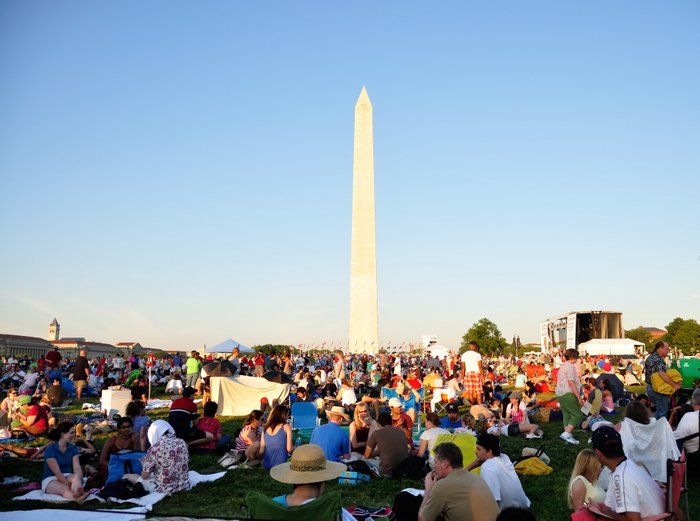This post is written by Guest Contributor, Champ Ocampo. If you are also interested in writing a guest blog, please reach out using the form in the Contact page.
One month to go before one of the most colorful celebrations in the world happens. The Fourth of July, the Independence Day of America. Of course, everybody does not want to miss this event, where skies turn into canvass because of fireworks display. And of course, if you have a DSLR, you do not want to miss shooting this event! But how do we capture fireworks with manual settings? I am pretty sure, if you do have a DSLR you do not want to shoot in auto mode. DSLRs are far better than any point and shoot while shooting this kind of events and specially when you want to control your camera on what to do next. This photo was taken last February this year, fireworks display by Team Canada vs. Japan during the annual World PYROMUSICAL event at the Mall of Asia, Philippines. Look how I got the trails of the fireworks perfectly.
Fireworks
My camera settings
1. Focal length – 70mm
2. Aperture – f/22
3. Shutter Speed – 15 seconds
4. ISO 400
5. WB – Kelvin 3120 (or Set into Cloudy icon)
I intended to zoom in my lens to 70mm to give emphasis on the fireworks trails. I set my shutter speed at 15 seconds, to capture more fireworks glow and enough brightness. You can set your ISO 200 to 400 (This compensates our Shutter Speed of 15 seconds, high ISO will give us more sensitivity to light and grainy photos). Aperture setting was at f/22 for maximum depth of field. Do not forget to mount your DSLR on a tripod to avoid blur and of course use a heavy duty tripod to protect our DSLR from strong wind blows when shooting outdoors. You can also use an IR remote. IR remote gives you a more convenient way of viewing the fireworks display. Just a tip, keep on shooting until the show is over; forget viewing the photos on your LCD screen for the mean time so that you will be able to enjoy the show. Right after the show, this is the right time for you to check your photos and I am pretty sure you will end up having few photos you think worth to keep as a memory.






